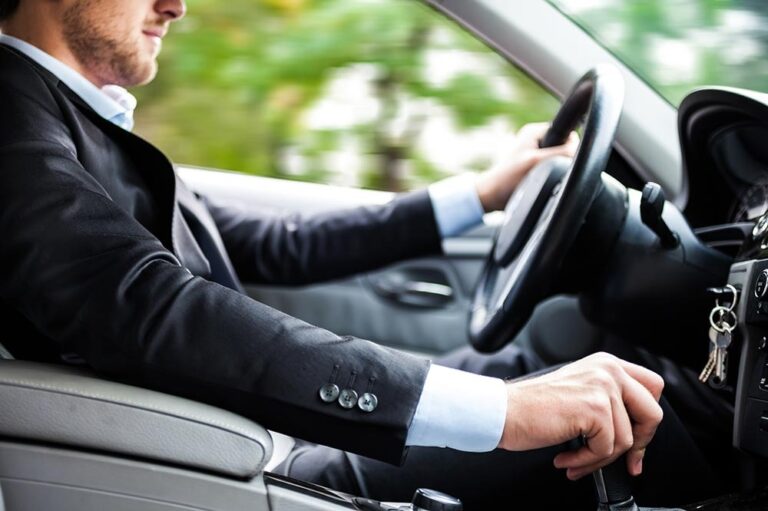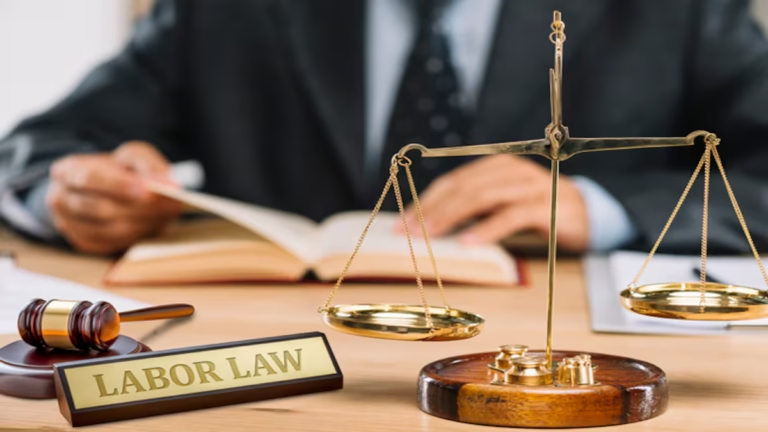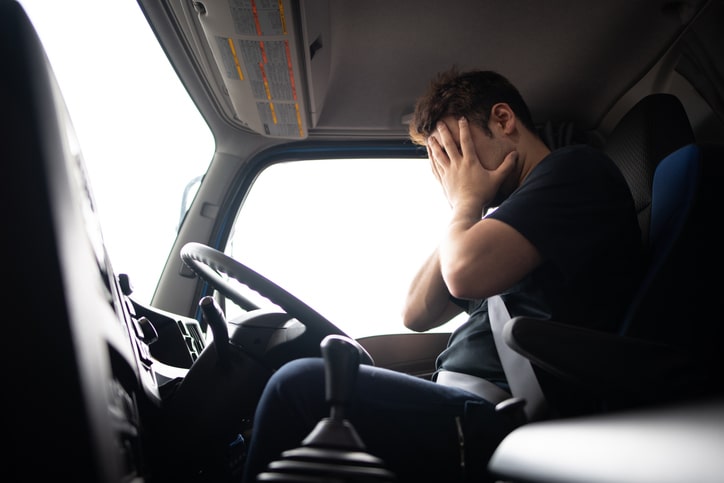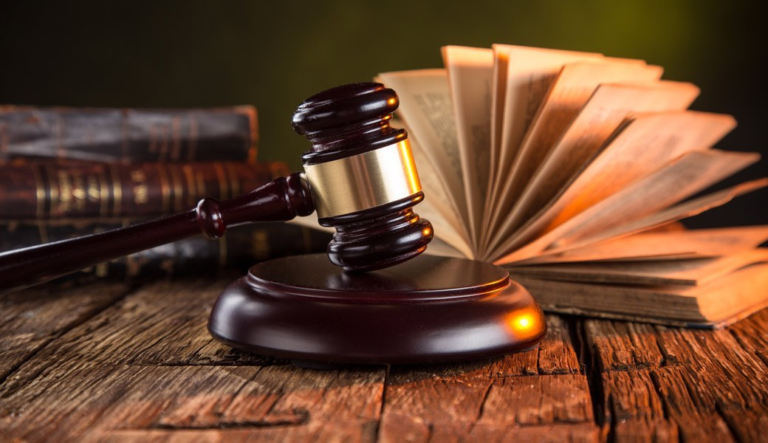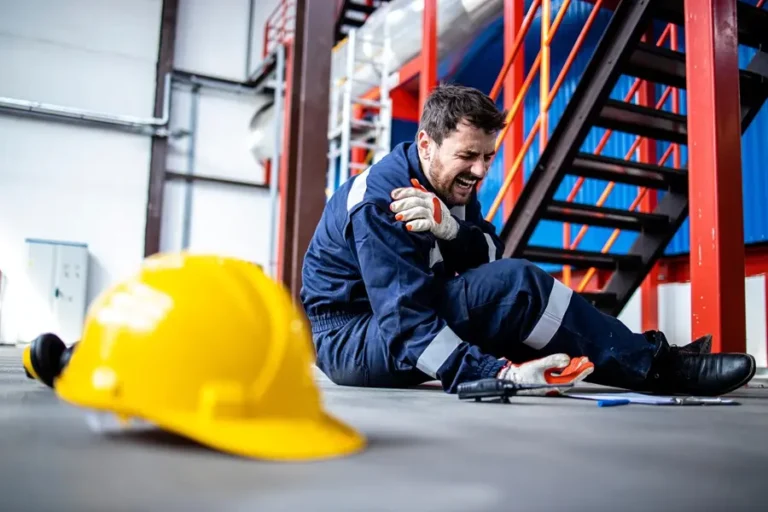Essential Steps After an Uber Accident: The Case for Legal Help
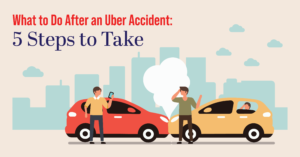
Understanding the Ride-Sharing Landscape
The evolution of ride-sharing services such as Uber has significantly altered urban transportation. No longer are individuals solely reliant on traditional taxis or public transport. Instead, with a few taps on a smartphone, a ride can be summoned to one’s exact location. However, with convenience comes the complexity of new legal frameworks. These platforms operate under distinct regulations, varying across regions and impacting liability and insurance claims in accidents.
Common Causes of Uber Accidents
Accidents continue to occur even with ride-sharing applications’ dependability and technological progress. For those affected by such an event, reaching out to an Uber accident law firm can offer crucial guidance in handling these complexities. The reasons typically reflect all traffic accidents: human mistakes and outside influences. Distracted driving, like using the app or sending messages, can shift a driver’s focus. Moreover, the nature of gig employment encourages extended hours, resulting in mistakes caused by exhaustion. Additionally, neglecting maintenance due to individual responsibility for vehicle care may lead to mechanical breakdowns. Grasping these elements is vital for passengers and drivers to implement precautionary steps to improve safety.
The Complexity of Insurance Coverage
Navigating insurance policies related to Uber rides requires discernment, as coverage significantly varies depending on specific ride phases. While the app is off, drivers must rely on personal insurance. Uber provides limited liability coverage once the app is on but before ride acceptance. Complete coverage of up to $1 million comes into play during active rides. Awareness of these layers is vital for accident victims and drivers to ensure appropriate claims are filed. It highlights the need for astute attention to detail when dealing with insurance in ride-sharing contexts.
Determining Liability
At the heart of most Uber accident cases lies the question of liability. The dynamic ride-sharing operating environment means multiple parties could be responsible. Examination often includes the Uber driver, other involved vehicles, or even municipal bodies if road conditions played a role. The complexity of this determination necessitates legal intervention to piece together the puzzle effectively. Unclear liability can lead to disputes that delay compensation, underscoring the importance of thorough investigation and expert legal assessment.
Why Legal Representation Matters
The repercussions of an accident can be overwhelming. Seeking advice from a seasoned attorney can make securing compensation easier. Legal experts focus on grasping the subtleties of Uber’s corporate policies alongside local and national regulations. Their expertise aids in collecting comprehensive evidence, negotiating with insurance adjusters for fair settlement terms, and, if required, representing the client’s interests in court proceedings. For many, this support provides peace of mind and significantly enhances the likelihood of receiving just compensation.
Steps to Take Immediately Following an Accident
Clear-headedness is essential in the chaotic moments following an accident. First and foremost, ensure everyone’s safety and seek medical assistance in case of any injuries. It’s equally important to document the scene comprehensively: take photographs, gather witness accounts, and note vehicle positions. Promptly informing Uber and your insurance provider about the incident is critical for processing claims. Legal counsel should be contacted soon to provide a roadmap for potential legal entanglements. These steps, when taken diligently, can significantly ease the subsequent process.
The Role of Evidence
Evidence forms the backbone of any legal claim related to accidents. Ensuring thorough documentation starts at the scene, where collecting police reports, capturing visual evidence, and securing medical records is crucial. Every piece of evidence serves to build a robust case for compensation. Witness testimonies add a critical layer of corroboration to affirm the constructed narrative. The importance must be balanced, as well-compiled evidence can make or break the effectiveness of a claim.
Resources and Support
A wealth of information is available for those seeking to understand ride-sharing complexities further. The National Highway Traffic Safety Administration offers comprehensive resources that detail the regulations governing companies like Uber. Similarly, the Centers for Disease Control and Prevention provides safety guidelines and preventive measures that passengers and drivers can implement. Accessing and understanding these resources ensures better preparedness and safety for those engaging with ride-sharing services.


